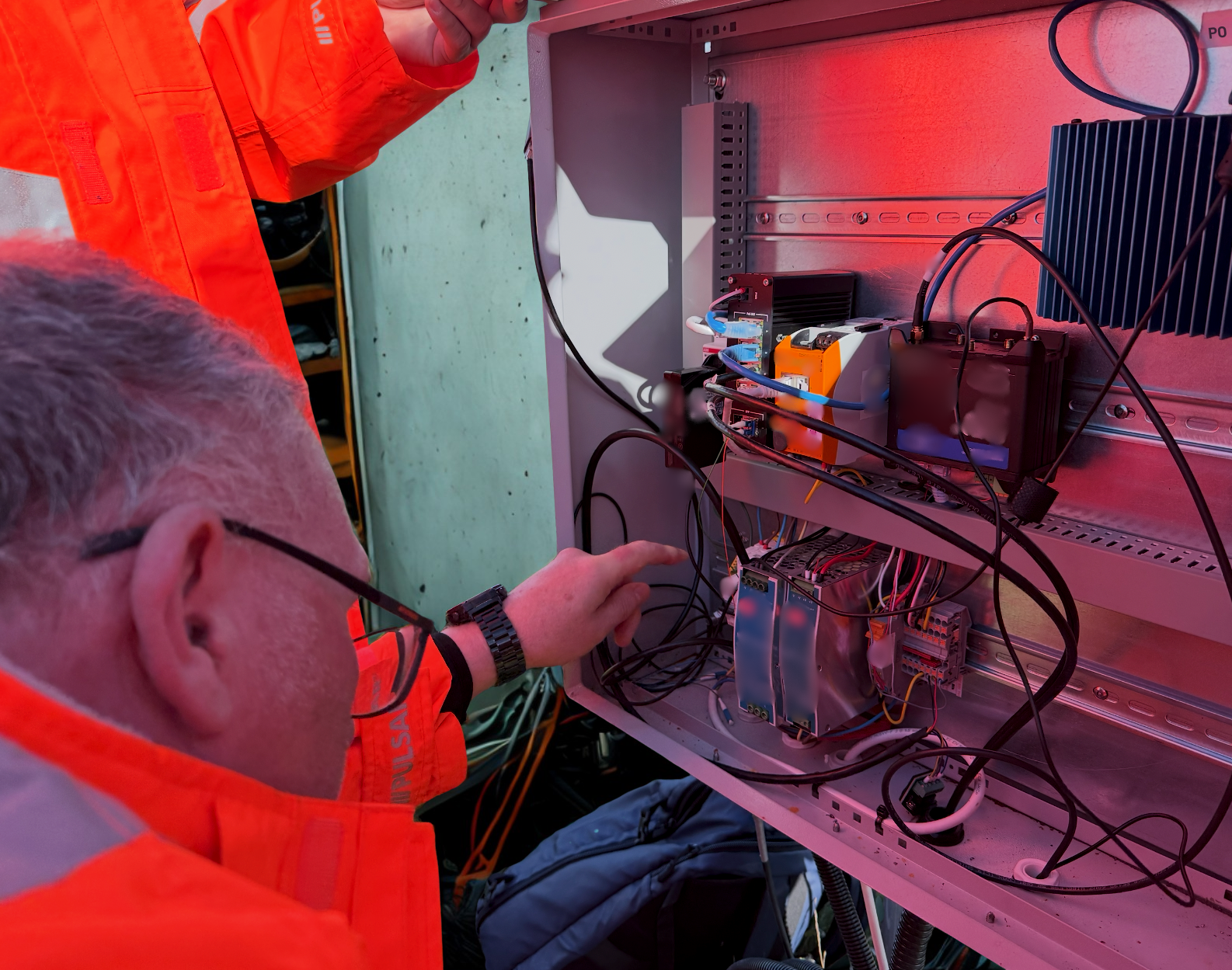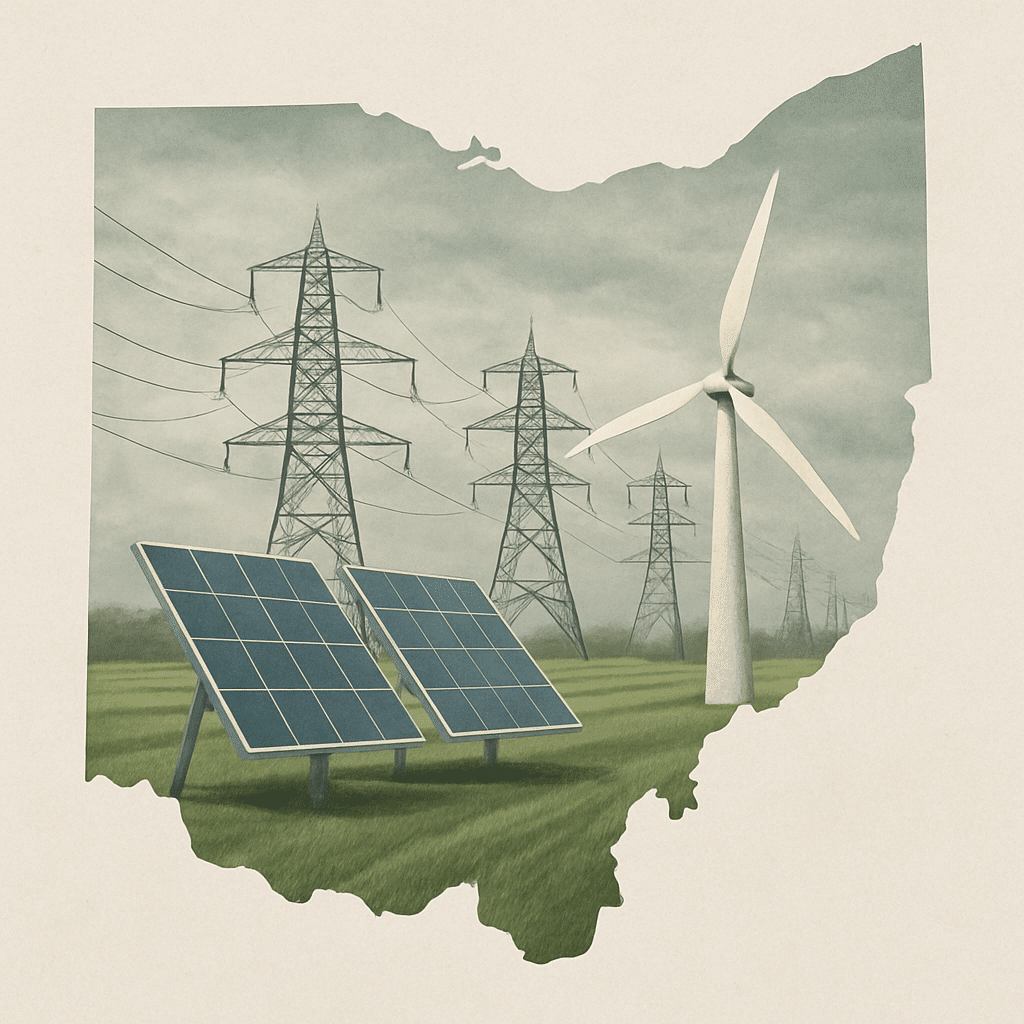
At Full Stack Energy, we specialise in building bespoke energy systems. That often means integrating off-the-shelf hardware—industrial sensors, controllers, gateways—into robust, compliant, and intelligent platforms. But occasionally, the demands of the application go beyond what’s commercially available.In those cases, we design and deliver custom hardware. Not because it’s our default approach, but because it’s the only viable solution for a very specific need.
The Real Challenge: Knowing When to Go Custom
Custom hardware development is expensive, complex, and long-term. The difficulty isn’t in building it—it’s in deciding when it’s justified.
In our experience, custom hardware makes sense when:
- Commercial devices fall short in functionality, integration, or environmental resilience.
- Legacy infrastructure needs modernisation—and standard PLCs or gateways can’t bridge the gap securely or flexibly.
- System-level optimisation is needed—tight coupling between hardware, firmware, and analytics.
- Lifecycle control is critical—especially in regulated or mission-critical environments.
But when compliance with multiple standards is required—especially beyond CE marking—custom hardware must be considered very carefully. Standards like IEC 61010, IEC 61850, IEC 62443, UL, and others introduce significant design, documentation, testing, and cost burdens.
In many cases, the designed solution may not be as elegant or integrated as one might like, but a certified off-the-shelf device, paired with a custom-designed hardware interface that delivers the required functionality, can dramatically reduce cost, time-to-market, and regulatory exposure compared to developing a fully bespoke, all-in-one solution. Unless the application is truly unique or the deployment volume justifies the investment, this hybrid approach often makes far more sense
Bridging Legacy and Modern Systems
Many energy systems rely on legacy hardware—equipment that’s decades old, undocumented, and built for a different era. Making these systems:
- Cyber-secure
- Remotely controllable
- Interoperable with modern protocols
often requires a custom hardware interface. Off-the-shelf PLCs or protocol converters may not support the necessary security features, timing constraints, or IO flexibility.
Custom hardware allows us to:
- Implement secure boot, encrypted comms, and tamper resistance.
- Translate between legacy protocols and modern standards like MQTT, Modbus/TCP, or IEC 61850.
- Integrate directly with edge analytics or cloud platforms.
Why Custom Hardware Isn’t Technically Difficult
Custom hardware isn’t inherently mysterious. A capable team can build a data acquisition board for a substation or a control module for a solar inverter using well-established tools and techniques:
- Mature design patterns: Power measurement, motor control, and industrial comms are well-understood domains.
- Modern toolchains: Altium, KiCad, SolidWorks, STM32, TI C2000, and others support rapid iteration.
- Accessible prototyping: PCB fabs, dev kits, and pre-compliance labs make it easier than ever to move from concept to prototype.
The technical challenge is rarely in getting hardware to work—it’s in getting it to work in context, and within the constraints of certification, integration, and long-term support.
Why It Is Contextually Complex
Energy systems introduce unique burdens that shape hardware design from day one:
- Harsh operating conditions: Devices may need to operate from –40 °C to +85 °C, withstand vibration, dust, salt spray, or oil mist, and survive 4–6 kV surges from lightning or switching events.
- Integration with legacy systems: Supporting multiple protocols (Ethernet/IP, RS-485, CAN), undocumented equipment, and cybersecurity standards (NERC CIP, IEC 62443) requires firmware-hardware co-design.
- Support and lifecycle: Even in low-volume deployments, supply chain resilience, DFM/DFT, and field upgradability are critical for long-term support.
Rethinking “Full Stack”
In energy systems, “full stack” often stops at the gateway. Hardware integration gets handed off to others, and the link between the physical layer and digital intelligence becomes fragmented.
For us, being full stack means taking responsibility for the entire system — from the sensors and controllers that touch the field, to the data and insights that drive decisions. Sometimes that means designing a custom interface board; other times, it means knowing when not to.
Because the real value isn’t in building more hardware — it’s in building the right hardware, for the right reasons, within a resilient, supportable system.








